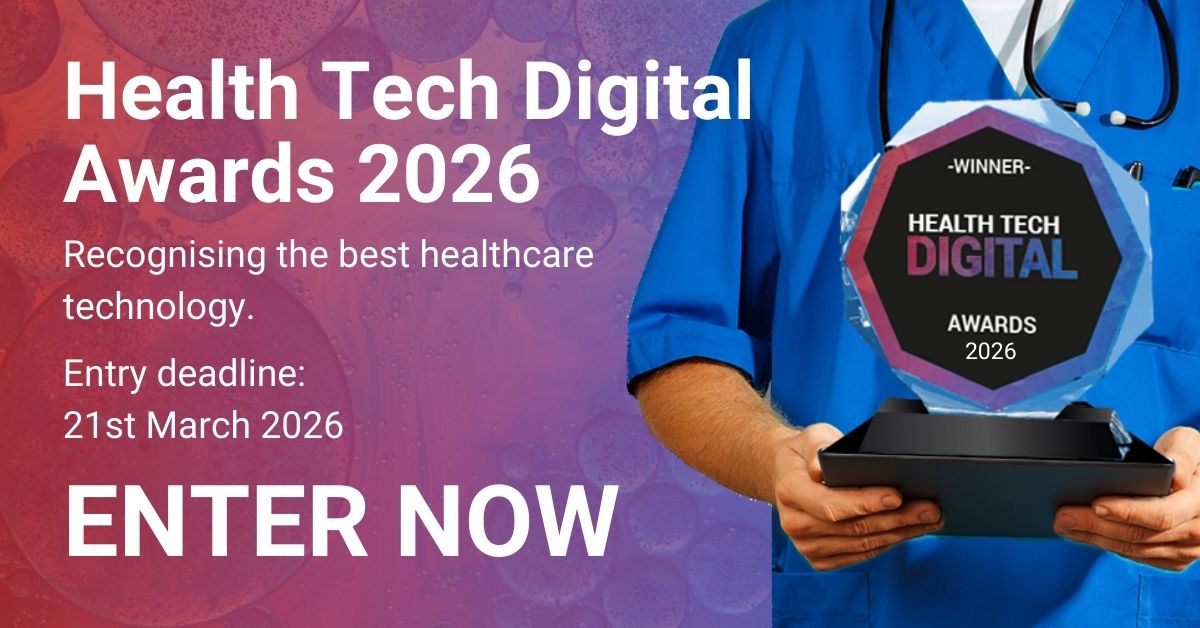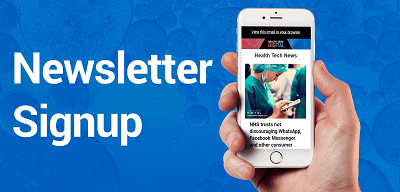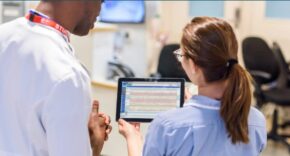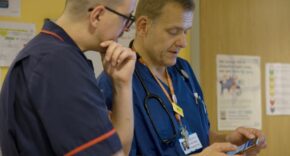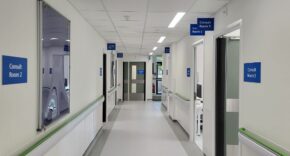
The NHS 10-Year Plan calls for better access, more personalised care, and smarter use of technology across all parts of the health and care system. But while the goals are clear, turning them into daily improvements for patients and staff is where the real work begins.
At Upperthorpe Medical Centre in Sheffield, progress is already underway. Working with UK-based supplier Think Healthcare, the practice transformed its phone system into a modern, patient-centred access platform. The changes were designed to meet the needs of both staff and patients, without adding complexity or digital barriers.
The impact has been immediate. A third of calls are now handled automatically. Patients report a 92% satisfaction rate with access. And 3.5 full-time admin roles have been reallocated to clinical areas, helping increase capacity at a time when every extra appointment counts.
This isn’t just about new tech. It’s about showing how the aims of the 10-Year Plan can be delivered through local, thoughtful changes that match the way practices and patients actually work.
A True Digital Front Door
Much of the national conversation around access has focused on apps and web portals. But for many patients, especially those without digital confidence or consistent internet access, the telephone remains the preferred route into care. Data from the NHS national patient survey shows 68% of patients want to us ethe phone as a primary method of communication.
Think Healthcare’s Virtual Care Navigator bridges the gap between digital access and traditional contact methods. It enables patients to manage routine requests by phone 24 hours a day, including appointment bookings, repeat prescriptions and admin queries. The system integrates fully with clinical systems like EMIS and SystmOne, ensuring that actions are recorded and visible to staff without duplication.
At Upperthorpe, the system was tailored to local needs. Patients identified as palliative or vulnerable are routed quickly to the right team. Language options are available from the first menu. For the practice, it means better outcomes with fewer barriers. For patients, it means not having to fight for access.
Managing Demand with Better Infrastructure
As more care moves closer to home, practices and PCNs need systems that help them manage rising demand without increasing administrative overhead.
Think Healthcare’s cloud telephony platform gives practices the flexibility to route calls based on demand, trigger auto-callbacks, and update messages or workflows in real time. Upperthorpe used these tools to handle more than 200 calls on one Monday morning while simultaneously reducing waiting times.
What makes this approach effective is that the practice is in control. Staff can make changes without needing external support, and decisions can be driven by real-time data rather than assumptions.
Not All AI Is Created Equal
Artificial Intelligence is becoming increasingly common in healthcare tech, but not all of it is helpful or safe. Some systems offer AI for the sake of it, with little consideration for clinical governance, patient safety, or integration with NHS workflows.
Think Healthcare is taking a different approach. Its new Ascend platform includes AI features built into the core system, rather than added as third-party bolt-ons. These include optional AI voice agents to support patient self-service, call transcription and summarisation, and future integration with online triage tools.
Importantly, these tools are available at the pace that suits each practice. Features can be activated gradually, with NHS-compliant safeguards in place to ensure safety, data protection and transparency. It’s an approach based on partnership, not pressure.
Insights That Lead to Action
The platform also gives practices a clearer view of demand. At Upperthorpe, data showed that 43% of calls were for prescriptions. By automating that workflow through the phone system, the team freed up lines and reduced call queues.
The same system sends secure triage forms to patients while they’re on the phone. Over 80% complete them straight away, helping reduce repeat calls and supporting more accurate routing of clinical queries.
Live dashboards show missed calls, peak times, team availability and more. This helps practices make better decisions, and makes it easier to demonstrate improvements to commissioners and patients.
Measurable Results That Match NHS Priorities
The benefits seen at Upperthorpe are already aligned with the aims of the NHS 10-Year Plan, including improved access, reduced digital exclusion, and a more efficient use of practice time.
Key outcomes include:
- One third of calls handled automatically without staff input
- 92% patient satisfaction with access
- 3.5 FTE admin staff reallocated to clinical care
- 80% of patients completing triage forms sent via phone
- Tailored access routes for vulnerable and non-digital patients
The project was recently recognised at the Health Tech Digital Awards, where Think Healthcare received awards for Best Communication Solution and Best Use of Technology in Primary Care.
It’s a reminder that transformation doesn’t need to be large-scale or top-down. It can start with local choices, tailored systems, and the right support.
Think Healthcare provides NHS-focused telephony and patient access solutions, supporting over 2,000 GP practices and health organisations across the UK.
To explore how similar improvements could work in your setting, visit thinkhealthcare.co.uk or contact the team for a chat.
